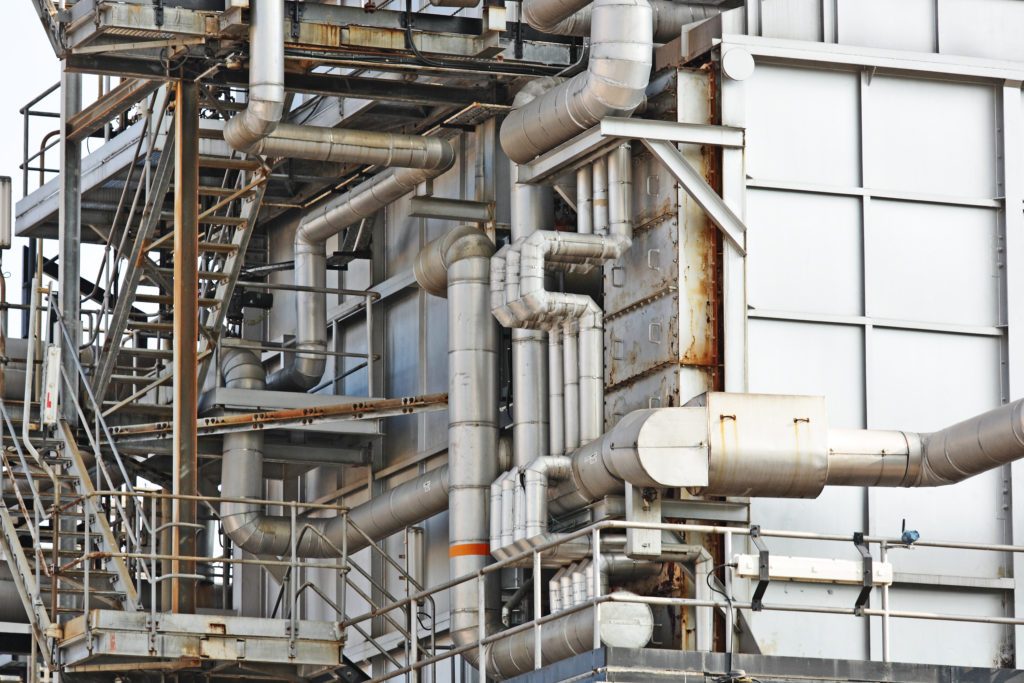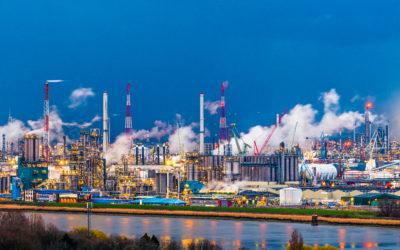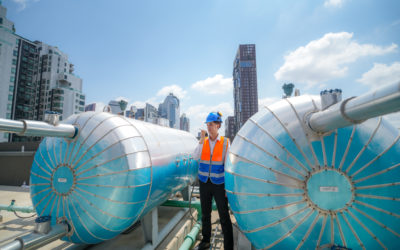Advanced High-Temperature Heat Exchanger Materials with HeatX in Industrial Implications
In industrial applications, particularly within the oil and gas sector, the efficiency and durability of heat exchangers operating under high-temperature conditions are paramount. Recent advancements in high-temperature materials, such as nickel-based superalloys and ultra-high-temperature ceramic matrix composites (UHTCMCs), have significantly enhanced the performance of these critical components. When combined with advanced surface treatments like HeatX, these materials offer unprecedented reliability and efficiency.
Advancements in High-Temperature Materials
Nickel-Based Superalloys: These materials are engineered to withstand extreme temperatures and mechanical stress. They retain significant strength at temperatures up to 980°C, making them ideal for high-temperature applications in heat exchangers.
Ultra-High Temperature Ceramic Matrix Composites (UHTCMCs): UHTCMCs are composed of ceramic fibers embedded within a ceramic matrix, offering exceptional thermal stability and resistance to oxidation. These properties make them suitable for environments exceeding 2000°C, as often encountered in industrial heat exchangers.
Implications for Industrial Applications
The integration of these advanced materials into heat exchanger design has several notable implications:
- Enhanced Thermal Efficiency: The superior thermal conductivity of nickel-based superalloys and UHTCMCs facilitates more efficient heat transfer, optimizing the performance of industrial processes.
- Extended Service Life: The inherent resistance to oxidation and thermal degradation in these materials reduces the frequency of maintenance and replacements, leading to cost savings and improved operational continuity.
- Design Flexibility: The mechanical robustness of these materials allows for the development of more compact and efficient heat exchanger designs, accommodating the evolving demands of industrial applications.
The Role of HeatX Surface Treatments
While advanced materials provide a solid foundation, the application of specialized surface treatments like HeatX further enhances the performance and durability of heat exchangers:
- Corrosion and Fouling Resistance: HeatX forms a protective layer on heat exchanger surfaces, mitigating the effects of corrosive agents and reducing fouling. This protection is crucial in maintaining optimal heat transfer efficiency over extended periods.
- Thermal Stability: The application of HeatX ensures that the protective properties remain effective even under the extreme temperatures typical in industrial settings, thereby preserving the integrity of the heat exchanger components.
- Operational Efficiency: By minimizing maintenance requirements and preventing unexpected downtimes, HeatX contributes to the overall efficiency and reliability of industrial operations.
The synergy between cutting-edge high-temperature materials and advanced surface treatments like HeatX represents a significant advancement in the field of industrial heat exchangers. This combination not only meets the rigorous demands of modern industrial applications but also sets a new standard for efficiency, durability, and performance. Learn more about HeatX with experts.



